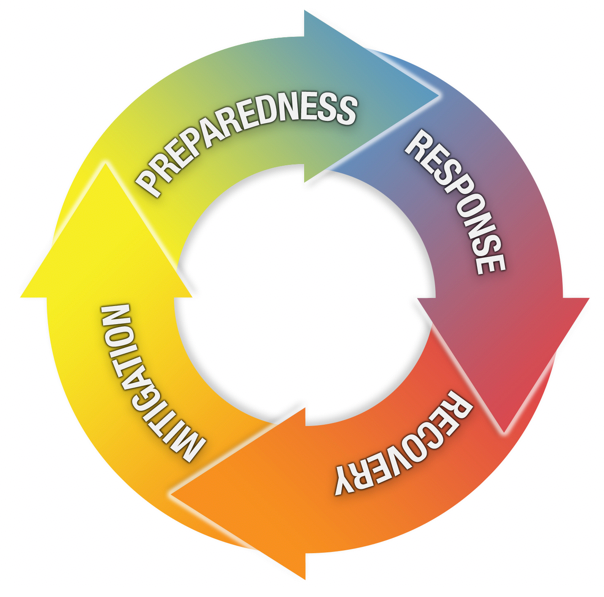
Mission
To ensure the safety and well-being of students, staff, and the community during various types of emergencies and crises. This mission encompasses a range of activities and strategies aimed at preparedness, response, recovery, and mitigation.
Preparedness
- Develop and implement emergency plans and procedures tailored to the unique needs of the schools.
- Conduct regular drills and exercises to train students, staff, and first responders on how to respond to different types of emergencies.
- Establish communication systems and protocols for alerting and notifying stakeholders during emergencies.
- Maintain updated contact information for students, staff, parents, and emergency contacts.
- Secure necessary resources, such as emergency supplies, equipment, and facilities.
Response
- Activate the emergency response plan when an incident occurs, whether it's a natural disaster, a security threat, a health crisis, or any other emergency.
- Ensure the safety and well-being of students and staff by providing immediate medical care, evacuation if necessary, and shelter.
- Coordinate with local emergency services, such as police, fire, and medical personnel, to respond effectively to the situation.
- Communicate with parents and guardians to keep them informed about the situation and the status of their children.
Recovery
- Assess the impact of the emergency and begin the process of recovery, which may include repairing facilities, addressing emotional and psychological needs, and resuming educational activities.
- Provide support services and counseling for students and staff who may have been affected by the emergency.
- Work with local, state, and federal agencies to access financial resources and assistance for recovery efforts.
Mitigation
- Identify and address potential hazards and vulnerabilities in school facilities and operations to reduce the risk of future emergencies.
- Develop and implement strategies to promote a culture of safety and preparedness within the school community.
- Continuously evaluate and update emergency plans and procedures based on lessons learned from past incidents and changes in the threat landscape.
Community Engagement
- Foster collaboration with parents, community organizations, and local government agencies to strengthen the overall emergency response and preparedness efforts.
- Educate students, staff, and the community about emergency procedures and the importance of being prepared.
- Encourage the development of partnerships and resources that can support emergency management initiatives.
Compliance
- Ensure compliance with federal, state, and local laws and regulations related to emergency management and school safety.
- Stay informed about emerging threats and best practices in emergency management to adapt and improve preparedness efforts.
